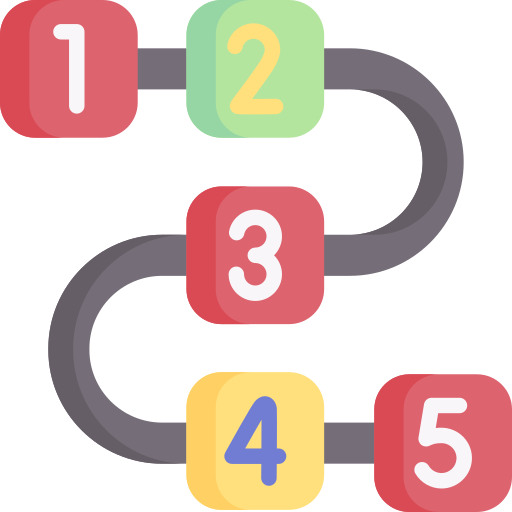
This logo isn't an ad or affiliate link. It's an organization that shares in our mission, and empowered the authors to share their insights in Byte form.
Rumie vets Bytes for compliance with our
Standards.
The organization is responsible for the completeness and reliability of the content.
Learn more
about how Rumie works with partners.
Did you know that you can improve your memory by creating a memory palace?

Unless you're a big fan of Sherlock Holmes, the idea of a memory or mind palace may be completely new to you. The famous fictional detective uses his very own mind palace to solve crimes, remember clues, and recall important pieces of information to solve his case.
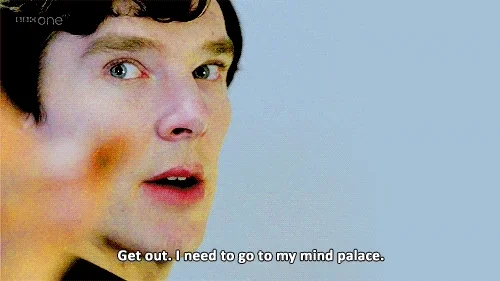
Like Sherlock, you too can create your own memory palace so that you can remember information better!
What is a memory palace?
A memory palace is an imaginary place that exists in your mind.
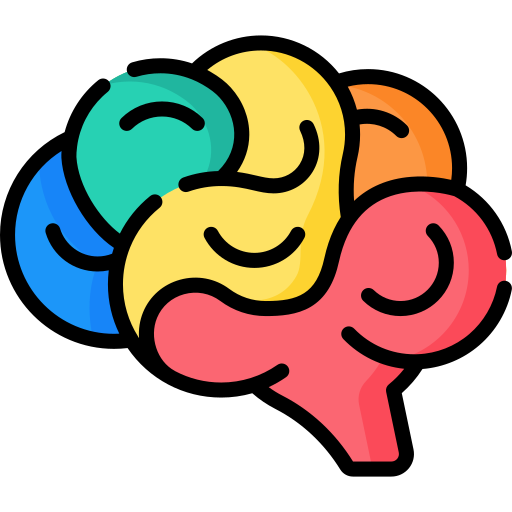
Using your memory palace, you can store mnemonic images (information that you link to an image or an object) in different places within your memory palace.

You can then take a mental walk through your palace, recalling the different pieces of information based on the images or objects you see.
Find out more in the video below from Derren Brown, an illusionist who uses psychology to underpin his magic and mind-reading. 🔽
Did you know?
The formal name of this memory technique is the Method of Lociand is one of the oldest memory techniques known!
Why do I need a memory palace?
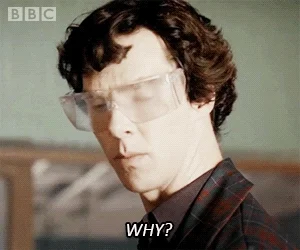

You can easily store difficult information.

You can remember any type of information with the memory palace.
You can keep your new information in a certain order.
It can improve your overall memory recall.
How do I begin making my own memory palace?
1. Decide on a place to act as your memory palace.

The place you choose needs to be familiar to you, such as your house, your place of work, school grounds, or even a favorite walk through your local forest.
You're going to be walking around this place a lot, so you must know it inside out.
2. Choose a route.

Create a pathway through your chosen palace.
Make sure to notice different things on your journey.
3. Break down your information.

Make connections between your information and a meaningful object or image.
Try to make the images or objects as strange as possible to help them stick.
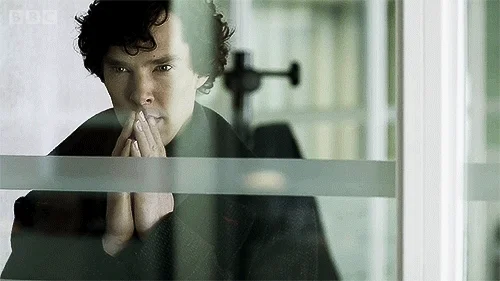
4. Place your objects or images around your mental palace.
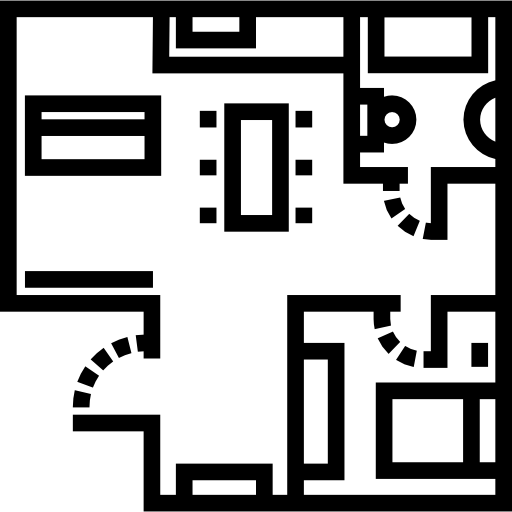
Put your objects in meaningful places.
5. Retrieve your information with a stroll.

Put on your mental walking shoes and take a nice walk around your newly built memory palace!
Quiz
A student is learning about the parts of the brain. They want to remember that the frontal lobe is the part that is used for decision making. What could they turn their "frontal lobe" into to place in their mind palace?
You might turn the "frontal lobe" into an image of an ear lobe making a decision. A brain wouldn't be specific enough and the others aren't relevant enough. You might give your earlobe a mouth to make decisions, because this is one of the roles of the frontal lobe. Then you might place the decision-making earlobe at the front door because it's part of the frontal lobe (at the front of the brain).
Take Action
Set up your new memory palace!
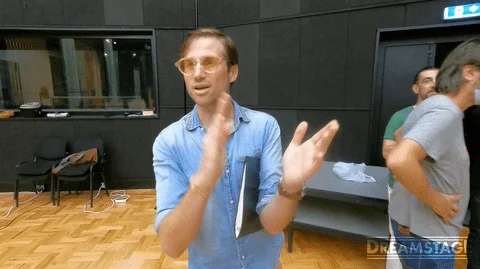
This Byte has been authored by
Louise Dunn
Learning Design Volunteer
